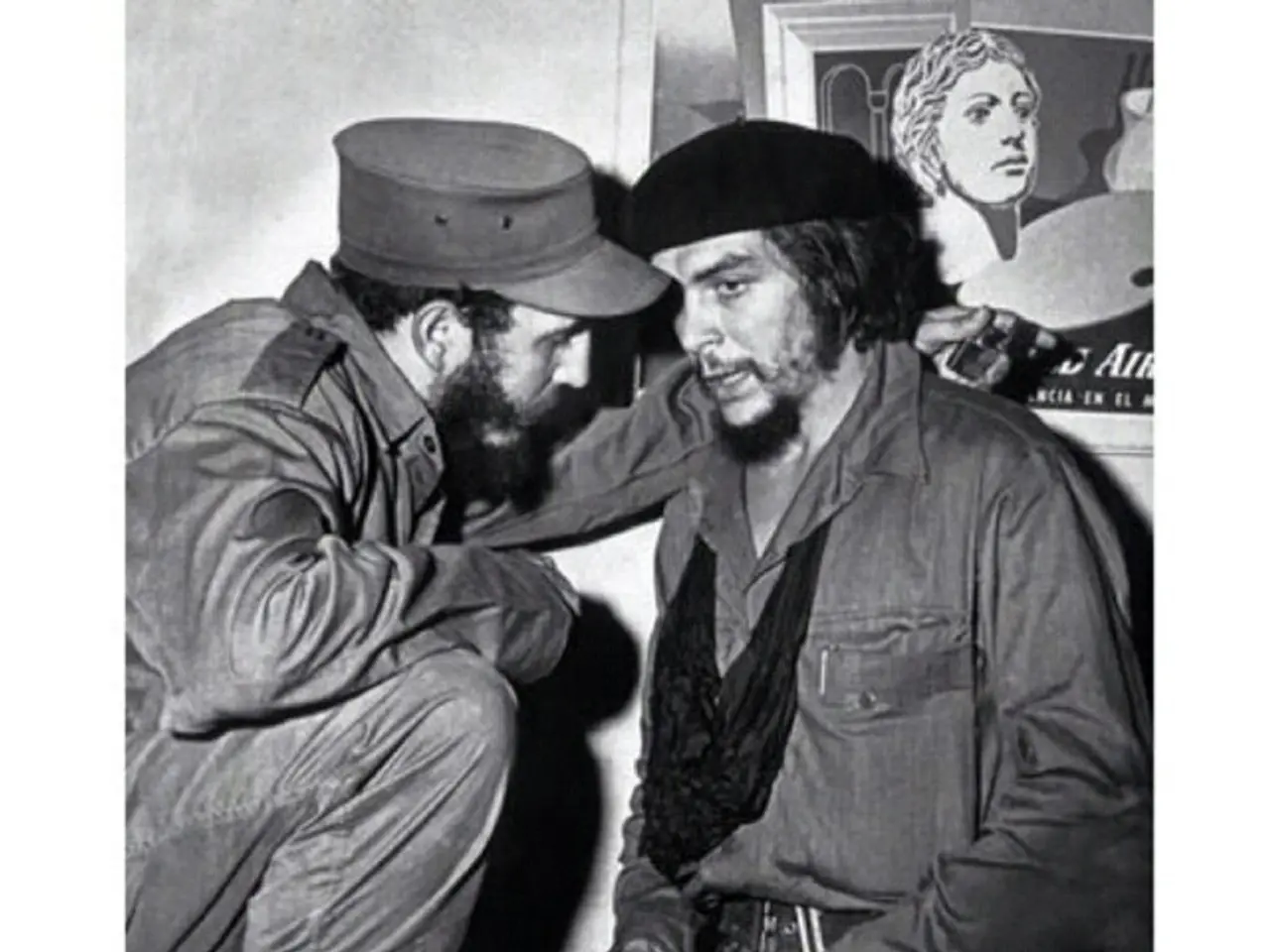U.S. President Donald Trump reinforces stance as trade negotiators from India and the U.S. reconvene to discuss trade agreement negotiations
The ongoing US-India bilateral trade deal negotiations show active engagement, with both countries working towards finalizing tariff rates below 20%. The aim is to secure a more favourable agreement than recent pacts with regional countries like Indonesia and Vietnam.
India is pushing for tariffs lower than Indonesia's recently agreed 19% rate, seeking a competitive advantage over regional peers. Indian negotiators are reportedly aiming for tariffs under 10% to gain preferential treatment compared to Southeast Asian countries often viewed by the US as transshipment hubs.
On the other hand, the US, under the Trump administration, has expressed eagerness to secure greater market access in India, akin to the access gained in its trade deal with Indonesia. President Trump has publicly hinted that the deal with India could be sealed soon and underscored the importance of reciprocal market access to US companies.
Both countries have exchanged tariff cut proposals. India has offered broad cuts on industrial goods, while the US is pressing for reductions in tariffs on agricultural products and is seeking India to reduce non-tariff barriers such as strict quality control measures and data localization rules.
As of mid-July 2025, no final agreement has been reached, but there is a sense of optimism about concluding a first-phase or interim trade pact before the August 1 deadline after several rounds of talks in Washington.
However, India is not willing to provide additional market access to the US in areas such as electronics, textiles & garments, carpets, leather, shrimps, and pharmaceuticals. The US has not yet agreed to make significant concessions in these sectors important to India.
The US President, Donald Trump, is pushing Indian negotiators to dismantle all import tariffs on American goods. Yet, the only concession Trump has indicated from the American side is lowering the reciprocal tariffs of 26% on Indian goods, potentially to below 20%.
If the US maintains a hard posture for an interim deal, India may not go for a mini deal on August 1 and instead take more time to negotiate a full-fledged BTA where both sides make concessions. Highly-placed sources told businessline that any deal that the Americans have to offer, has to be balanced.
The article was published on July 16, 2025. The US has not yet agreed to roll back the 26% reciprocal tariffs for India or withdraw the 50% tariffs on steel & aluminium and 25% on the auto sector. New Delhi is currently waiting to observe the outcome of the US tariff rollout and ongoing trade deals before making a backup plan for the industry.
Trump stated that India is working on a trade deal similar to the one with Indonesia, where US goods enter Indonesia tariff-free, while Indonesian exports face a 19% tariff. The total absence of any parity in such postures will be hard for India to accept.
Sources: [1] Business Standard, July 16, 2025 [2] The Hindu, July 15, 2025 [3] Financial Express, July 14, 2025 [4] Reuters, July 13, 2025
- The US-India trade deal negotiations involve tariff rates below 20%, allowing for a more favorable agreement compared to recent pacts with countries like Indonesia and Vietnam.
- Indian negotiators are aiming for tariffs under 10% in the ongoing negotiations to secure preferential treatment over Southeast Asian countries.
- The US is pressing for reductions in tariffs on agricultural products and is seeking India to reduce non-tariff barriers such as strict quality control measures and data localization rules.
- As the negotiations progress, India is not willing to provide additional market access to the US in certain sectors like electronics, textiles, carpets, leather, shrimps, and pharmaceuticals.
- The US President, Donald Trump, is pushing for the dismantling of all import tariffs on American goods, but has only indicated lowering the reciprocal tariffs of 26% on Indian goods, potentially to below 20%.






